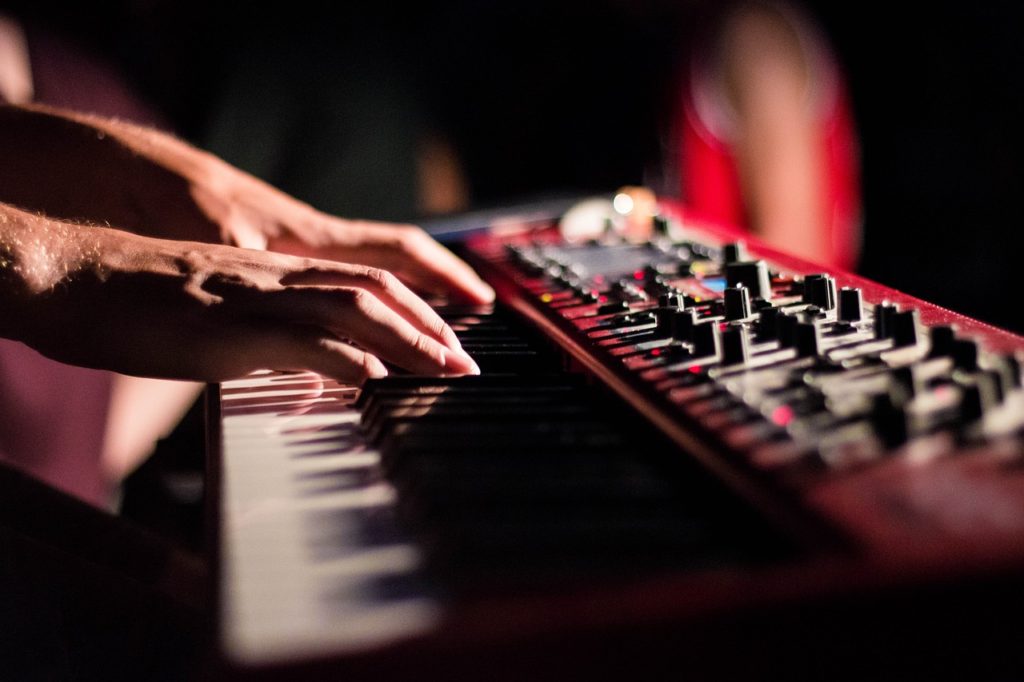Do you want to enjoy the popular song “Oh My Darling Clementine?” In this post, you’ll get these three essentials: 1) a sing along song video, 2) the words to the song, and 3) an easy-to-read shape note score with a sing along soundtrack. Keep reading to learn more. Estimated reading time 2 minutes.
Read More

